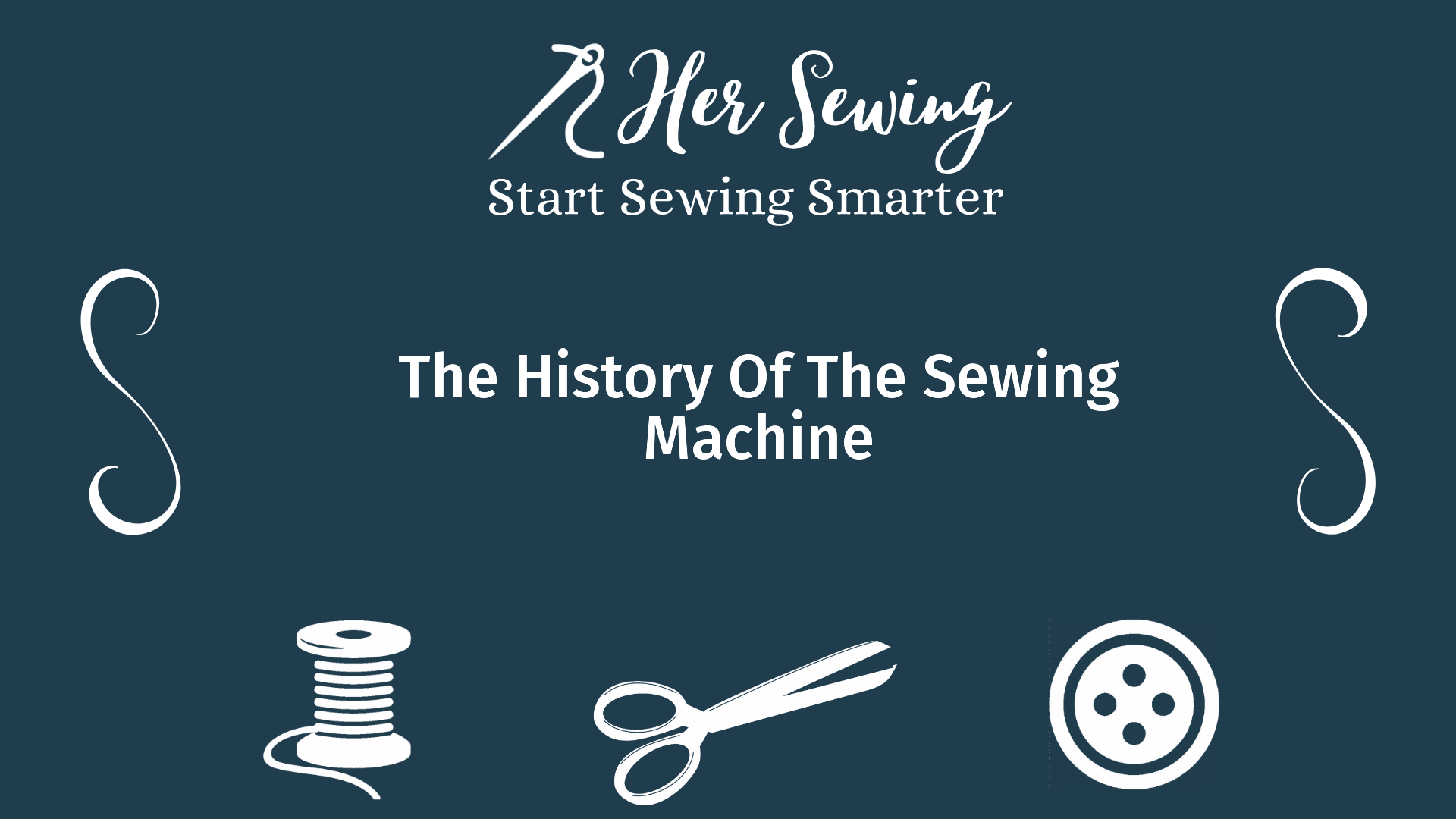The history of the sewing machine
Comments
From the fish bone to the sewing machine
When it comes to the beginnings of the sewing machine, you have to go back quite a long way in history. Thousands of years ago, people first used fish bones and later also pointed bones or horn to sew their clothes. The first needles made of iron were not produced until the 14th century. All these development steps were necessary to get the later sewing machine, which still works with iron needles today, on the way.
Sewing by hand had a long tradition and enjoyed a good reputation. The profession of tailoring was highly respected and brought in good money – after all, it cost noble ladies a lot to have fancy clothes tailored.
But despite all the tradition and love for handicraft, from the middle of the 18th century the desire arose to replace the tedious work with a machine. The first forerunner of the sewing machine – a device made for shoemakers – was built in England in 1790. Other countries were also working at full speed to develop a sewing machine. This parallel competition meant that there was no single “father of the sewing machine”. Instead, the history of the sewing machine produced several inventors who made the machine what it is today.
The most important people in the history of the sewing machine:
By the way: The success of Singer would not have been possible without Howe. After the latter noticed that Singer had used his idea, he filed a patent lawsuit and was proved right. From then on, Singer had to pay patent fees to Howe until he died.
From flowering to decay
Once the sewing machine was invented, there were numerous imitators who used the basic principle and applied it to other areas (such as sewing furs and leather). In addition, there was a separation between industrial and domestic sewing machines in the development and production. During the heyday of sewing machines there were around 200 – in Germany alone. Elsewhere, for example in the USA, the industry was also booming.
Tip! However, the two world wars meant the abrupt end of the flourishing sewing machine industry. Social and political upheavals ensured that hardly anyone needed a new sewing machine. In addition, the companies that manufactured sewing machines had to convert their production more and more to war material. After the Second World War, the sewing machine industry did not manage to recover.
Loading...
One reason for this is a development that took place in the 1960s. From then on, cheap imports from the Far East flooded the European market. The cheap devices became a fierce competitor to the high quality sewing machines and finally almost completely displaced them. Also the general trend in the textile industry, which was more and more towards cheap ready-made clothing, led to a steady decline in the demand for sewing machines. It was simply no longer necessary to buy an expensive sewing machine and sew your own clothes.
Advantages and disadvantages of a sewing machine
- ideal for large and small sewing projects
- massive range
- affordable models are ideal for beginners
- Sewing is back in fashion
- not all machines are suitable for embroidery
A last rebellion
However, contrary to all these trends and developments, there were still individual companies that managed to stay afloat. Their recipe for success: they manufactured sewing machines under a different name and supplied them to sales partners. The most prominent example of this is probably the VEB Nähmaschinenwerk in Wittenberge. The GDR company supplied, among others, the mail order company Quelle and built sewing machines under the names “Ideal” and “Brilliant”. Even though VERITAS had high production figures and also sold sewing machines to West Germany, the company was liquidated after the reunification.
In the meantime, no more household sewing machines are produced in Germany. The only German manufacturer, the Dürkopp-Adler AG in Bielefeld, exclusively produces industrial sewing machines – and only in small quantities. In the USA, the “cradle of the modern sewing machine”, a similar decline of the industry can be observed.






![Foot controller FC31091(MODEL P) [Japan Import]](https://m.media-amazon.com/images/I/417XdZMy8HL._SL160_.jpg)